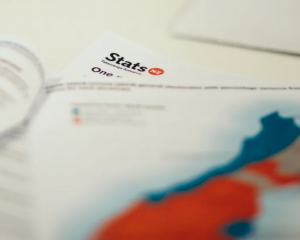
Property researcher Core Logic's latest data shows house sales in June were up 17 percent on the corresponding month last year. It was the second consecutive monthly rise.
Chief property economist Kelvin Davidson said he was expecting a continued upturn in the market, starting from a low base.
"As pent-up demand starts to emerge it's likely we'll see more increases in sales activity in the remainder of 2023," Davidson said.
"On the back of peaking mortgage rates, the still-strong labour market, high net migration, and slightly looser credit rules as well as a tentative change in the housing market mood, sales volumes have risen again, up by 17 percent in June compared to a year earlier.
"That's hot on the heels of May's 8 percent increase."
Davidson said would-be sellers were still cautious but the market overall could be classified as favouring buyers.
However, the end of the downturn did not necessarily mean the market was "destined for a sharp rebound".
New listings and the housing stock were still soft in the latest data in Core Logic's Monthly Housing Chart Pack.
"Housing affordability is still stretched and caps on debt to income ratios loom large in 2024," Davidson said.
"The flow of new listings coming onto the market each week has remained sluggish month-to-month, as would-be vendors choose to 'wait and see', given the uncertainty about how long a sale might take and/or the potential price achieved."
First home buyers maintained a strong share of the property market in June.
"The announcement of looser LVRs in late April and then the actual change from 1 June have probably played a role here.
"By contrast, mortgaged investors are still relatively quiet.
"There is also a downwards trend now evident for stock levels too, which may start to contribute to competitive price pressures."












